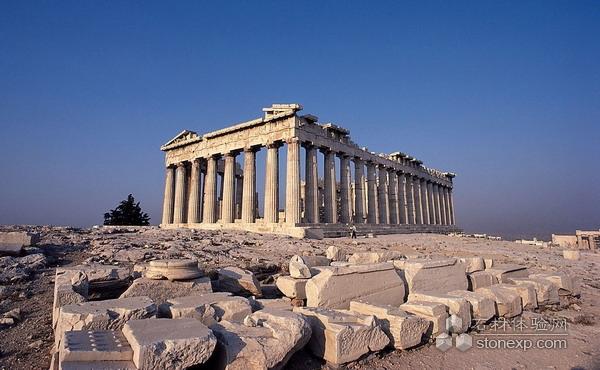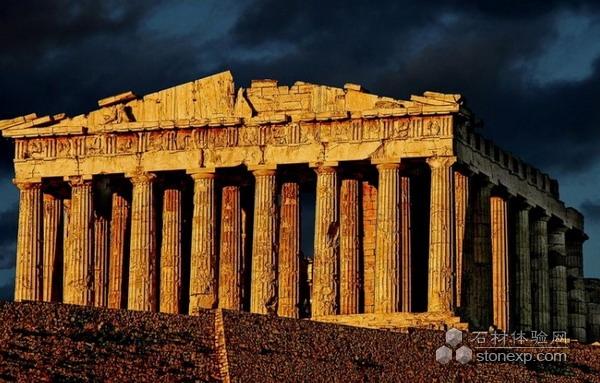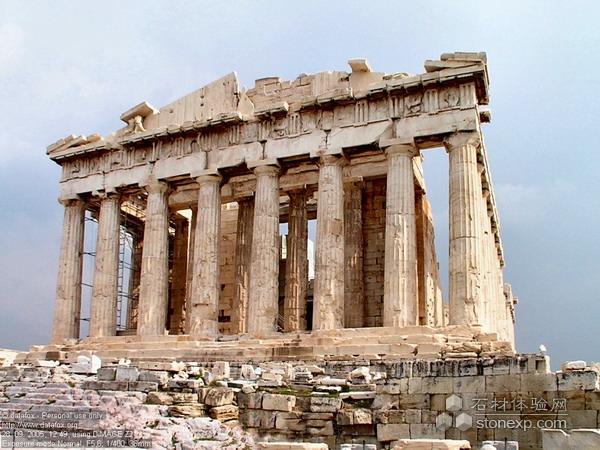The Parthenon In Greece
www.stonexp.com
2010-11-06 13:42:43
Popularity Index:0
Source:Internet
|
The Parthenon (Ancient Greek: Παρθενών) is a temple in the Athenian Acropolis, Greece, dedicated to of the Greek goddess Athena, whom the people of Athens considered their protector. Its construction began in 447 BC and was completed in 438 BC, although decorations of the Parthenon continued until 431 BC. It is the most important surviving building of Classical Greece, generally considered to be the culmination of the development of the Doric order. Its decorative sculptures are considered some of the high points of Greek art. The Parthenon is regarded as an enduring symbol of Ancient Greece and of Athenian democracy and one of the world's greatest cultural monuments.
On 26 September 1687, an Ottoman Turk ammunition dump inside the building was ignited by Venetian bombardment. The resulting explosion severely damaged the Parthenon and its sculptures. In 1806, Thomas Bruce, 7th Earl of Elgin removed some of the surviving sculptures, with the Ottoman Turks' permission. These sculptures, now known as the Elgin Marbles or the Parthenon Marbles, were sold in 1816 to the British Museum in London, where they are now displayed. The Greek government is committed to the return of the sculptures to Greece, so far with no success.    |



